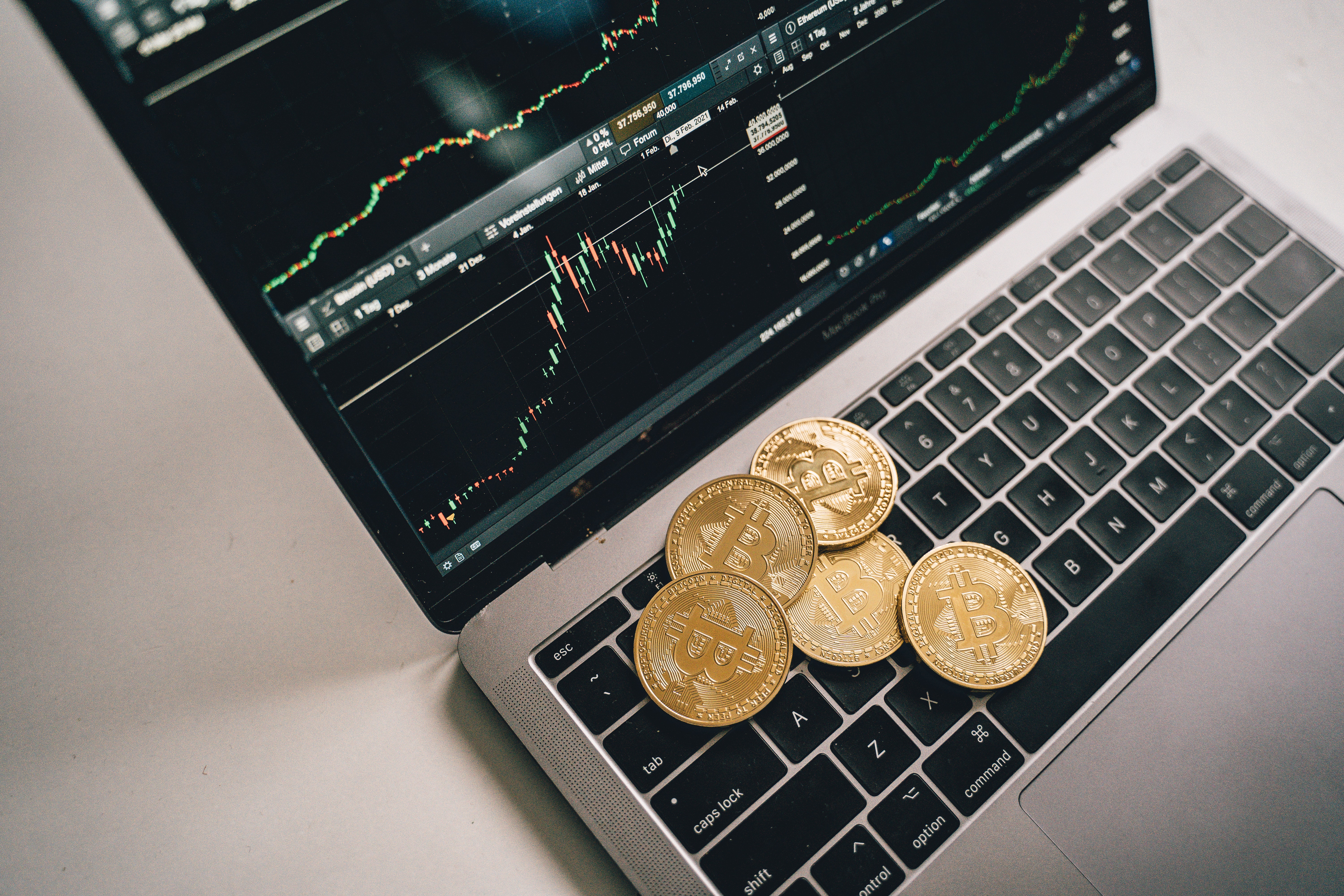
VERTU IRONFLIP: A Perfect Fusion of Intuitive Design and Heroic Colours
VERTU IRONFLIP, a folding screen mobile phone for high-end men, not only has the top technological configuration, but also the
Not long ago, a summit on the metaverse was taking place in the Kowloon Hall of the Beijing Kerry Hotel. Just as the industry is currently more concept than actual application scenarios, there were almost no expected actual experience booths on site, but instead, it brought together 8 companies and 9 speakers’ PPTs.
It is understandable that the metaverse industry, influenced by factors such as technology, capital, and policy, is still in its infancy. Even large companies like NetEase and Baidu have just entered the layout period, and there are very few actual application scenarios and eye-catching metaverse stories that can be implemented.
If there is any, perhaps only blockchain games (referred to as chain games) can arouse players’ enthusiasm.

For example, Genshin Impact.
Although miHoYo has never associated this open-world game with the metaverse, it can’t stop metaverse practitioners from actively “getting close” to it. According to the “BAND” concept of the metaverse (Blockchain, Game, Network, Display), open-world games like Genshin Impact have already established three-quarters of the BAND concept.
Everything is ready, just lacking blockchain.
To put it more bluntly, what is missing is the monetization link supported by blockchain technology – P2E (play to earn, earn income by participating in games and other projects).

In other words, if the original stones in the Genshin Impact world could be directly linked to virtual currency, then the so-called chain games would take shape.
Of course, it is currently impossible in China. However, abroad, such “fantasies” are becoming a reality.
Blockchain R&D engineer Ban Ban told AI Lanmei Hui that the metaverse is supported by blockchain – without P2E (play to earn, earn income by participating in games and other projects), no matter how immersive it is, it is just a game, just a service, and cannot become a platform.

“There are many technological routes, but most of the actual applications that have been implemented are still in the gaming field. The concept of the metaverse is currently being supported by blockchain games (gamefi).”
However, paradoxically, in the view of many technical professionals, the current stage of blockchain games is not yet mature. “There are many speculators in the blockchain gaming industry, and some project parties are purely here to make money.”

Putting aside contradictions, let’s first understand how the current blockchain games that support the metaverse story are played.
Ban Ban breaks down blockchain games into two parts: game graphics and blockchain interaction.
“Graphics belong to the traditional game category, while blockchain leans towards the financial field. The concept of blockchain games is not complicated. It is a game plus a currency exchange that connects with the real world.”
Using sandbox games as an example:
Game A: Players have a high degree of creative freedom and can interact online. The game content includes, but is not limited to, claiming land, building houses, and creating props with in-game materials – it’s called “Minecraft.”
Game B: Players have a high degree of creative freedom and must interact online. The game content includes, but is not limited to, spending money to buy land, building houses, and creating props with in-game materials. All of the above are NFTs (Non-Fungible Tokens) that can be freely traded, and the proceeds are in virtual currency – it’s “The Sandbox” or “Roblox,” two top metaverse games.
“Any existing game model, combined with a blockchain financial system, is a blockchain game,” according to industry insiders. The threshold for blockchain games is not high. “Currently, the pain point is the processing speed of public blockchains, which cannot keep up with the players’ enthusiasm and frequent asset transactions. Transactions are not timely, and the transaction fees are also high. Private chains (private blockchains) are difficult to build consensus due to their lack of ‘decentralization.'”
In other words, from the perspective of researchers, the only technical challenge of blockchain games at present is that players trade too frequently, leading to insufficient blockchain computing power, including human and material resources, making the cost of the transaction behavior itself still relatively high; while in terms of game production, the difficulty is not significant.
“Most of the metaverse games are currently blockchain games. These games are vibrant because they naturally deal with finance.”
Simply put, it’s easy to make money.
Referring to the report released by the blockchain game “Axie Infinity” in July 2021, the platform’s average daily active user base exceeded 800,000 in July 2021, with transaction volume reaching $670 million, becoming the NFT product with the highest transaction volume of the month, higher than other cryptocurrencies such as Bitcoin and Ethereum.

According to the report “Mobile Game Market Insights under the Metaverse Concept” released by Sensor Tower, in the first half of 2022, global applications labeled with the metaverse concept were downloaded 170 million times, generating revenue of $650 million. Among them, game applications were downloaded 110 million times, generating revenue of 610 million yuan.
An undeniable fact is that at this stage, blockchain games have contributed more than two-thirds of the download volume of metaverse applications, and more than 90% of the industry’s revenue.

Following this logic, it seems not excessive to say that the story of the metaverse relies entirely on blockchain games.

The exaggerated industry data was verified by investors interviewed by Lanmei Hui.
Senior cryptocurrency player Max revealed to AI Lanmei Hui that last year, through investments in two blockchain games, Sandbox and Decentraland, Max’s personal wallet ultimately netted $100,000.
“There were a few projects that I withdrew from in time, avoiding the bear market of NFTs. Blockchain games are still in a period of risk release, and the prices of high-quality projects are unstable. The remaining projects are purely for making money.”
A cryptocurrency community member once exposed a blockchain game called “HERO CAT.” In the game, players need to collect pets and defeat monsters to earn virtual currency, with a daily limit of 100.

Every day can reach the maximum limit, and the profits are unimaginable.
However, the tricks of blockchain games are unfathomable. In fact, when netizens play on the third day, they will find that the virtual currency income cap is reduced to 15, and the only way to expand is to attract new players to register for the game… There are many similar projects, using the labels of the metaverse and blockchain games, to lure players into the game with profits, and then use players to attract new people to buy coins to take over.
The pattern of Ponzi schemes sounds familiar, but in the metaverse, it has become a “new story.”
Of course, the story of blockchain games making money is not necessarily a “scam.” Even relatively good-natured blockchain game platforms have considerable earning power.
For blockchain game manufacturers, cryptocurrencies, NFTs, and transaction fees (platform + miner fees) constitute the main source of income for the game. “Most of the blockchain games are sold as NFTs, where the game developers sell NFTs to the first batch of players, and they start to circulate on the blockchain. The price of the NFT goods you first trade and the platform fee are all directly given to the game company. Generally speaking, before purchasing an NFT, users need to first buy the corresponding cryptocurrency, and then use the cryptocurrency to buy the NFT.”
“And if you sell your land, and the listing price is 100 yuan, and someone pays 100 yuan to buy it, the actual payment is 100 + gas fee (miner fee). Assuming the platform requires a 5% commission for each transaction, then the money you receive as a seller is not 100, but 95, with 5 yuan being deducted by the platform, and all settlements are made in cryptocurrency.”
In summary, low barriers to entry, lack of regulation, combined with the temptation brought by the “metaverse” itself, make blockchain games a risk-free business for manufacturers.

However, the industry is still in its infancy, and it is obviously too early to define the metaverse industry with an income-oriented approach.
Putting aside the perspectives of “investors” and “speculators,” there are more technical personnel who have something to say.
In the view of Ban Ban, the popularity of blockchain games has actually deviated from the original intention of the metaverse technology route.
“The P2E model has led some players to ignore the playfulness and even rationality of blockchain games, coming only for the purpose of making money. Firstly, this is not the concept of the metaverse as a ‘parallel world’, and secondly, the financial attributes and investment return rates will directly limit the life cycle of blockchain games. Looking back at the BAND concept and comparing the metaverse and blockchain games, you will find that blockchain games only have blockchain and network technology, and there is still a gap in playfulness and visual experience compared to existing traditional games.”

A Zhihu blogger also holds a similar view: “Maintaining the lifecycle through revenue cannot solve the problem of most blockchain games lacking playability.”
According to the latest survey results from ChainPlay, 75% of blockchain investors have entered the cryptocurrency and NFT field because of blockchain games. However, the collapse of the cryptocurrency market has directly led to 62% of investors losing more than half of their profits. The “virtual world” emphasized by the metaverse, immersive sensory experience is a must-have option, and blockchain games are more like another job for workers – a new profession, joining the Earth Online that humans have been playing for thousands of years.

It’s not necessarily a bad thing – making money is making money, no matter where. However, this money seems not to be counted as the output of the metaverse.
